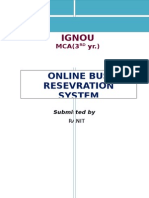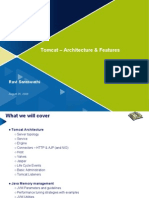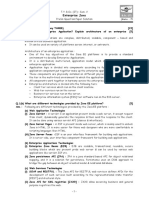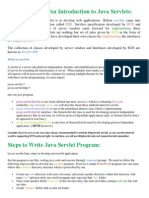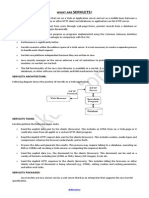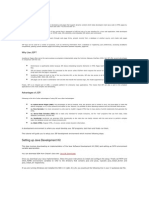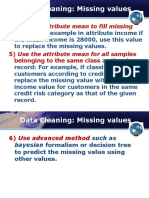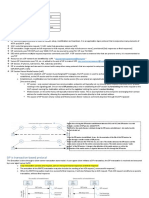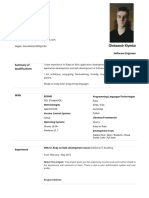0% found this document useful (0 votes)
20 views13 pagesLab 04 - Tomcat and JSON Mapping
This document outlines Lab Exercise #4, focusing on JSON mapping with Embedded Tomcat, emphasizing the need for specific techniques for a group project. It discusses the historical complexity of EE (Enterprise Edition) and the emergence of alternatives like Apache Tomcat and the Spring Framework to simplify development. The lab aims to teach students how to create REST endpoints with minimal code while utilizing JSON mapping for class hierarchies and data representation.
Uploaded by
vyCopyright
© © All Rights Reserved
We take content rights seriously. If you suspect this is your content, claim it here.
Available Formats
Download as PDF, TXT or read online on Scribd
0% found this document useful (0 votes)
20 views13 pagesLab 04 - Tomcat and JSON Mapping
This document outlines Lab Exercise #4, focusing on JSON mapping with Embedded Tomcat, emphasizing the need for specific techniques for a group project. It discusses the historical complexity of EE (Enterprise Edition) and the emergence of alternatives like Apache Tomcat and the Spring Framework to simplify development. The lab aims to teach students how to create REST endpoints with minimal code while utilizing JSON mapping for class hierarchies and data representation.
Uploaded by
vyCopyright
© © All Rights Reserved
We take content rights seriously. If you suspect this is your content, claim it here.
Available Formats
Download as PDF, TXT or read online on Scribd
/ 13
